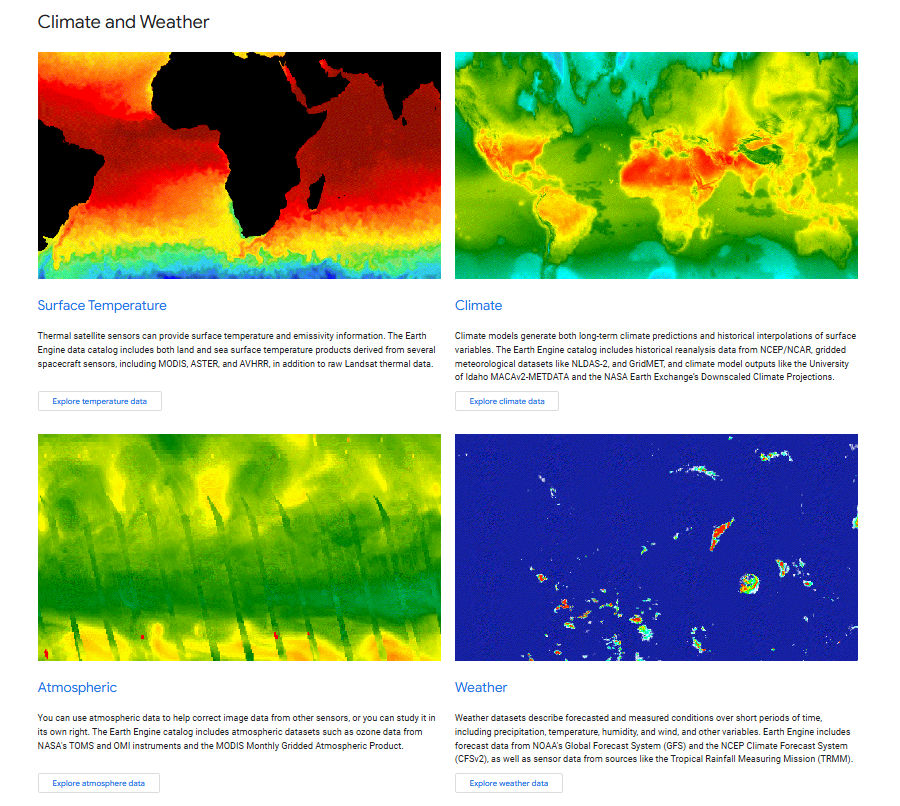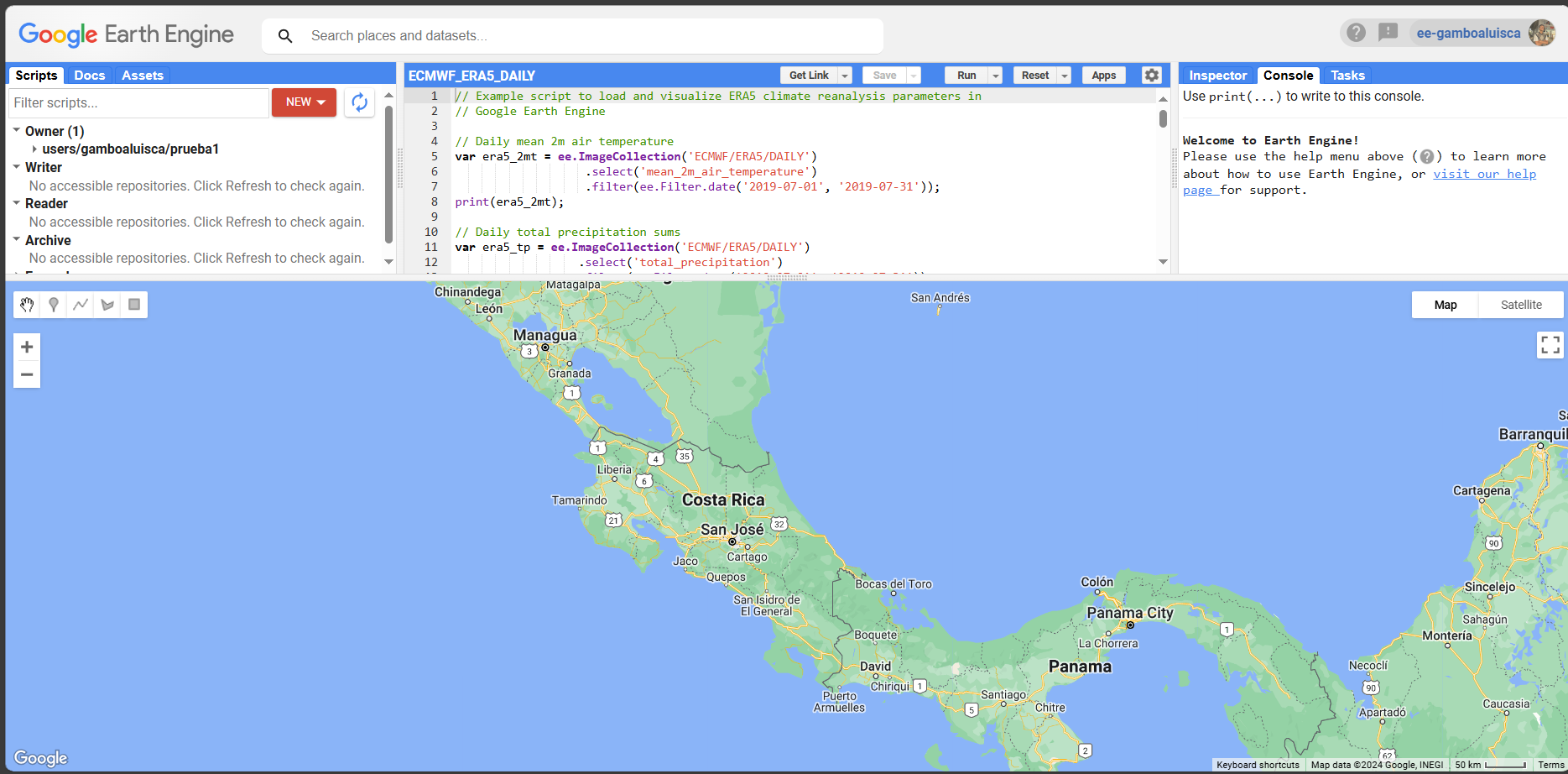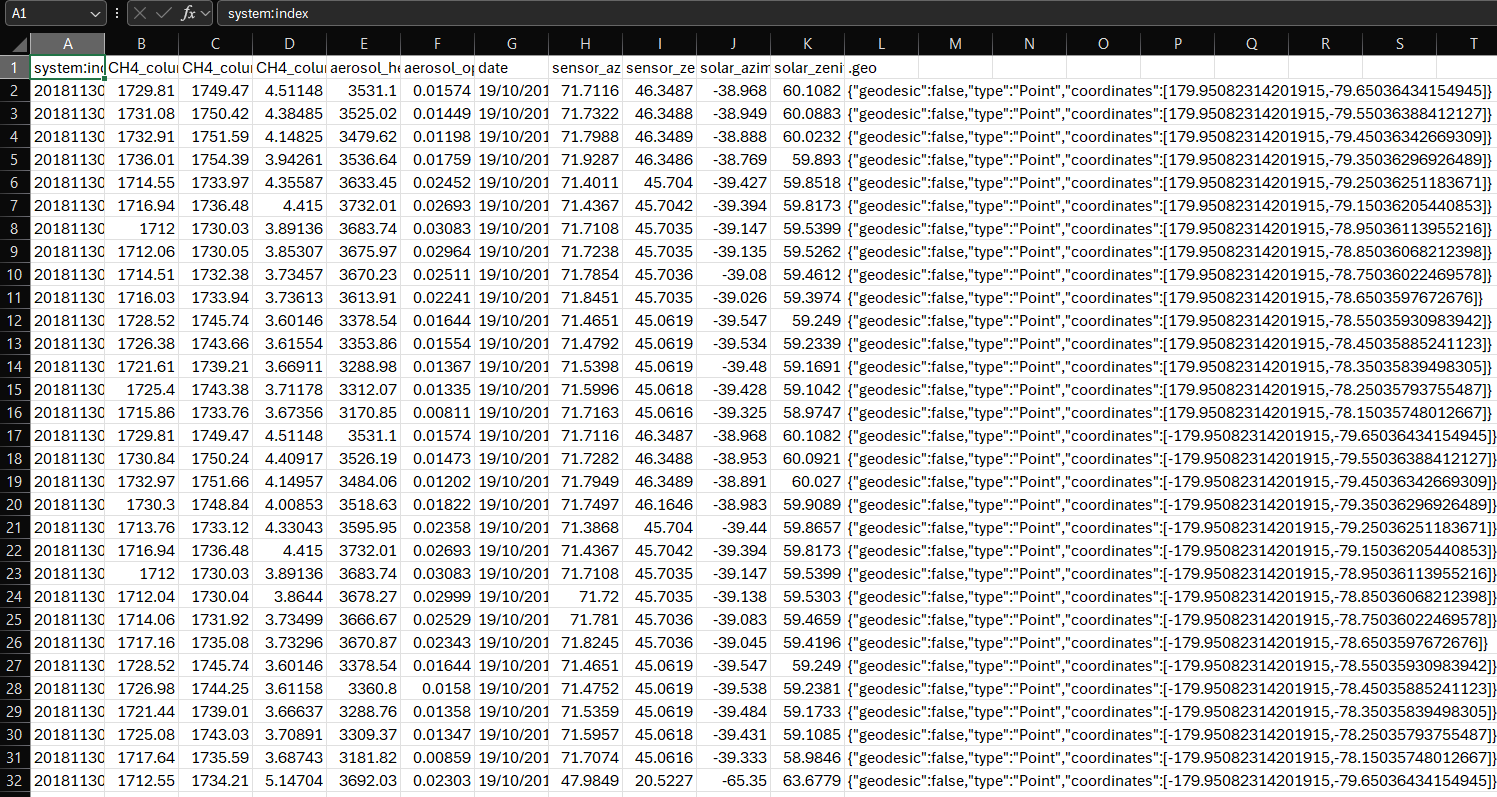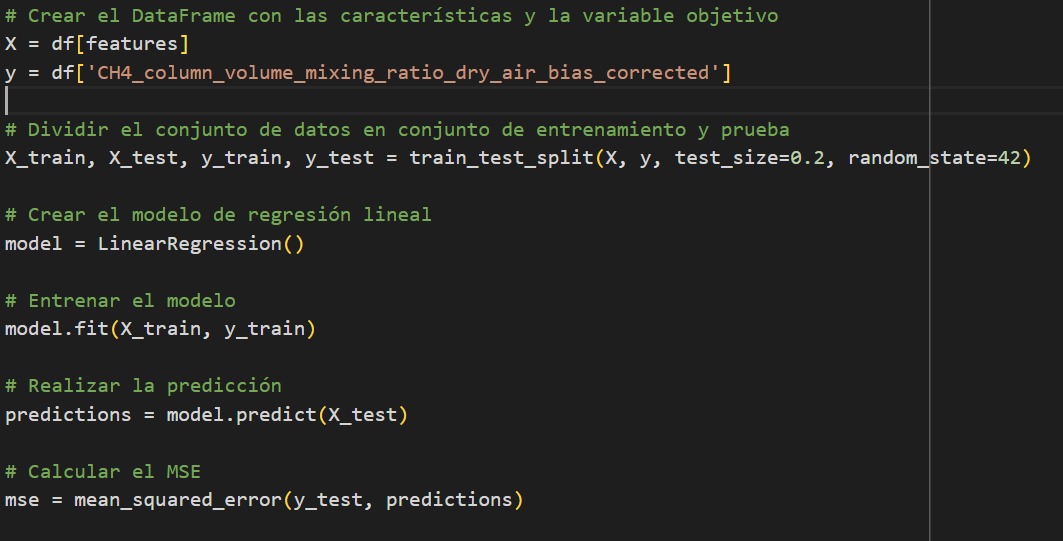Exploitation of NASA Data
Our group has implemented a holistic approach to integrate NASA APIs into our game scoring system, using predictions of environmental variables. The APIs provide access to a vast repository of information, including weather data, air quality, and atmospheric phenomena, which are crucial for modeling the game environment. This approach not only enriches the player’s experience but also ensures that decisions made in the game are based on real and up-to-date data.

APIs Used for Data
Researching various NASA APIs has been a critical step in the development of our predictive models. By selecting the right APIs, we have been able to gather relevant data that serves as input for training our algorithms. The availability of these APIs has allowed us to access data from various missions and satellites, which has been essential for constructing robust and accurate models.




